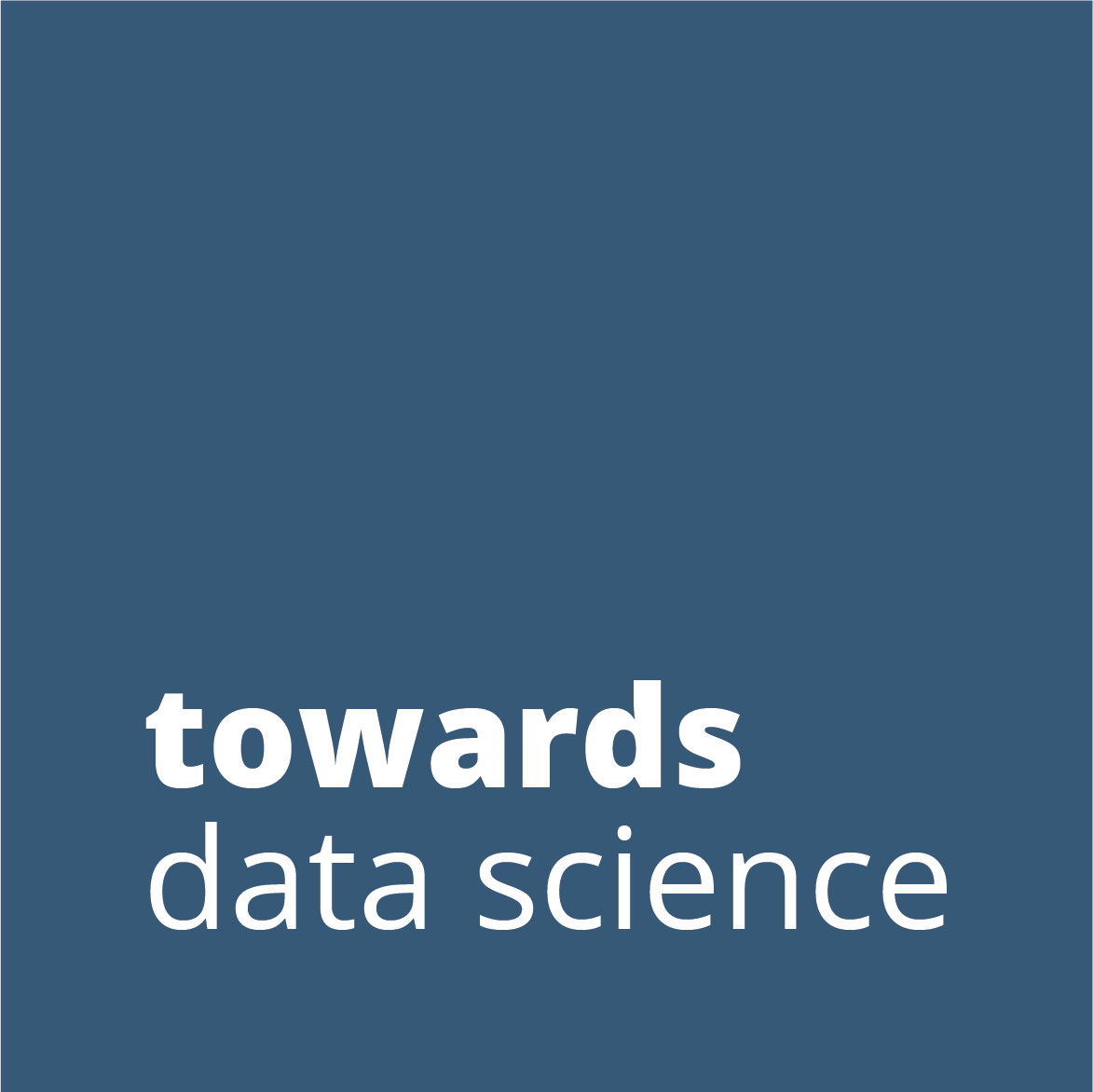
4 Business Intelligence Users You’ll Encounter in Any Company l Sisense
Shelby BlitzMay 10, 2017
Once upon a time business intelligence was the domain of IT teams and data analysts. IT was like the gatekeeper of analytics, with departments having to rely on them to prepare the data and churn out reports for their BI projects.
Not anymore. Over the past few years, as technology evolved, businesses have had a choice of solutions offering analytics and visualization capabilities that open up business intelligence to everyone.
It’s a good thing, right? All of a sudden, businesses can get insights from previously unexplored data sources and forgotten branches of the business are discovering new insights that could change the strategic direction of the company – helping you gain competitive advantage.
Now an organization will have different types of business intelligence users – which brings both benefits and challenges. One of the biggest challenges is getting a handle on who’s accessing and using the data that’s available.
Before data spirals out of control, let’s take a look at some of those business intelligence users who’ll be working with your precious business data.
Benefits of embedding BI across the business
The whole point of bringing business intelligence to the masses is to embed BI across entire organizations, making data a part of how they conduct their business and streamline operations, and to bring agility to the whole process.
One of the biggest bonuses of handing responsibility for data reporting over to individual business intelligence users is that it enables on-demand reporting, with ad-hoc reports allowing users to get more specific insights that answer a specific query.
What are the challenges?
With more power given to business users, there’s the risk of IT teams taking their eye off the ball. While business intelligence users no longer need the technical skills that they used to, IT are needed more than ever, and there’s even greater need for data governance to ensure the success of BI.
Gartner predicted that, in 2017, less than 40% of Self-Service Business Intelligence initiatives would be governed sufficiently to prevent inconsistencies that adversely affect the business. And BARC said something similar in the recent BI-Survey when it recommended a Data and Tool Governance framework, plus closer alignment between IT, the business, and business intelligence users to prevent the total loss of control over data.
And the department most likely to benefit from business intelligence is…
Actually, benefits of business intelligence are being felt across departments, in all industries. Data has become central to all roles, although product and market-driven results are more noticeable when you’re looking at the bottom line.
For instance, analytics can guide the sales cycle, and help marketing teams target leads. In HR, business intelligence comes into its own, helping businesses manage one of their important assets – people. HR holds a gold mine of information that can help with compensation planning, or link people to financial performance, for example.
We’ve talked about business intelligence use cases in a previous post – with some ingenious ways organizations and individuals are leveraging the power of data.
Different types of business intelligence users
We’ve drilled down into our very own data to find out who are the key players in business data reporting.
1. The Data Analyst
The data analyst, as the name suggests, lives and breathes data. A statistician by nature, they will drill deep down into data, looking for fresh insights that will be used to underscore business strategy. The role includes documenting all your business data, identifying patterns and creating reports and dashboards that will support the decision-making process.
2. The Executive
The CEO, of course, is at the helm of the business, driving the company’s success by improving operational analytics efficiency and constantly looking for ways to reduce costs.
Meanwhile, Gartner once described analytics as the “combustion engine of business.” So business intelligence and the CEO seems like a match made in heaven.
Business intelligence gives an organizational overview that allows the CEO to spot trends across the entire structure of the business – insights that can support:
- Business growth
- Innovation
- Operational efficiency
3. The Business User
Business intelligence users can come from across the organization. We often talk about two types of business users, the casual business intelligence user and the power user. The difference is that a power user has the capability of working with complex data sets, while the casual user will make use of dashboards to analyze predefined sets of data.
Generally the business user is often a manager, who is looking for ways to help a department operate more efficiently and more effectively. This type of business user is often untrained in using BI tools but is capable of picking up the basics of reporting and can use business intelligence successfully to report on business activities. Often they’ll undergo further training and become fully equipped to perform more in-depth analysis.
4. The IT Team
IT is another key player in the BI process. The IT user still plays a central role – maintaining the infrastructure and giving departments the tools that allow them to fulfill their own data requests – however, the role has become more rounded.
These days, IT will cooperate much more closely with departments and the business as a whole. It’s their job to ensure that business users are getting the most from data analytics, and they’re also a key part of data governance and BI security. They’ll also bridge the gap between IT and business, helping increase BI adoption across the board.










